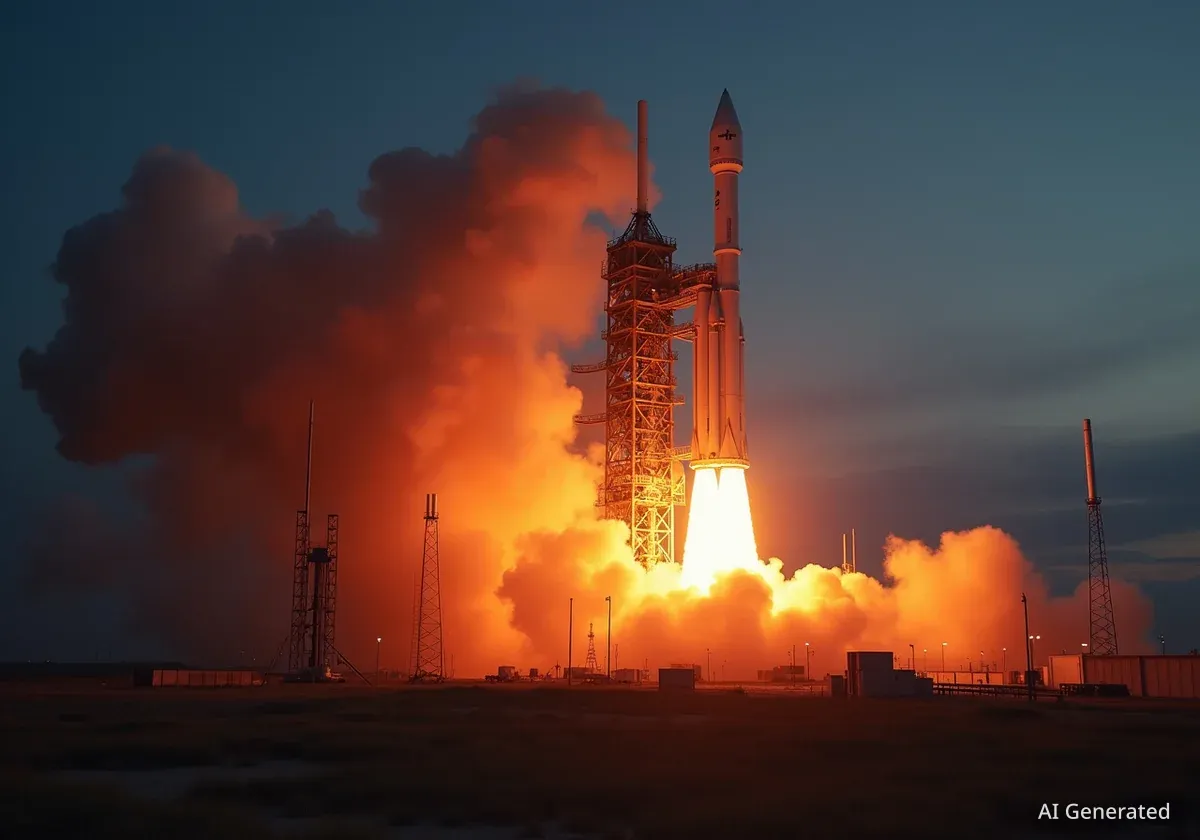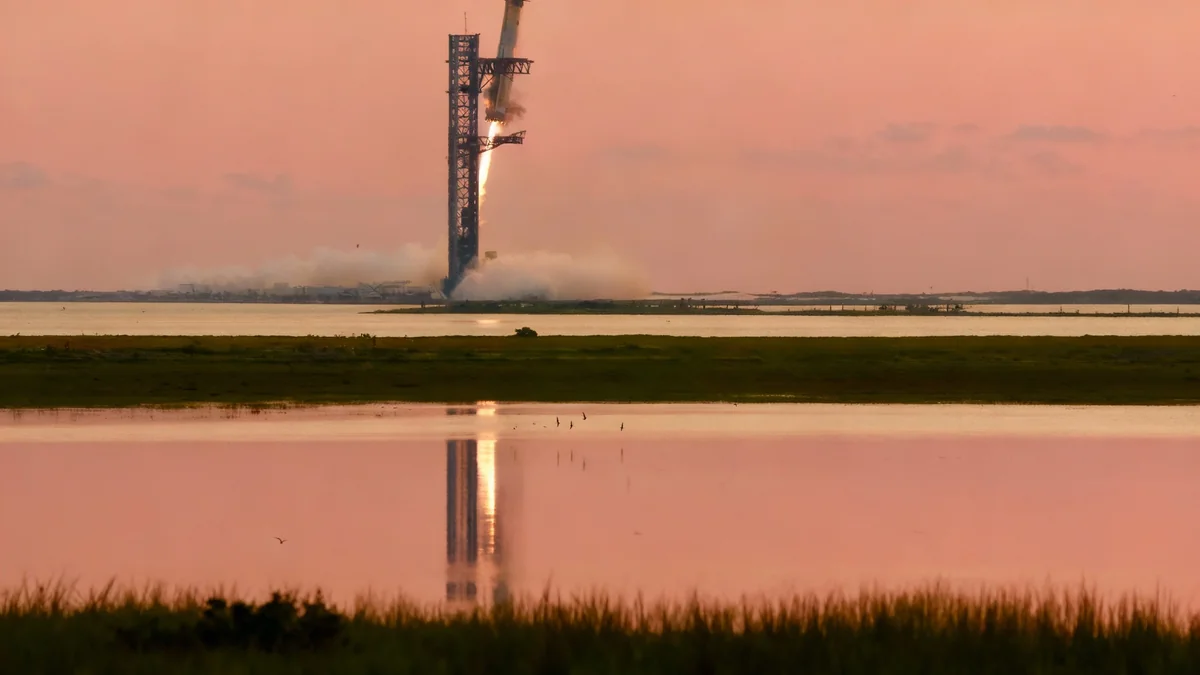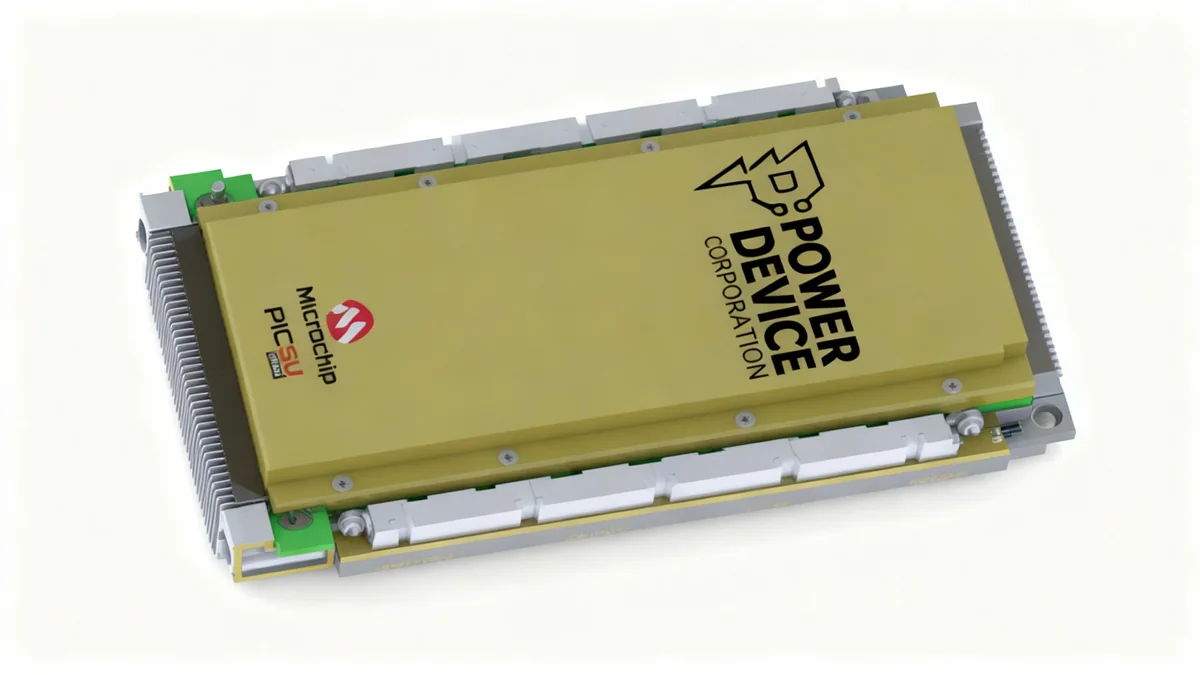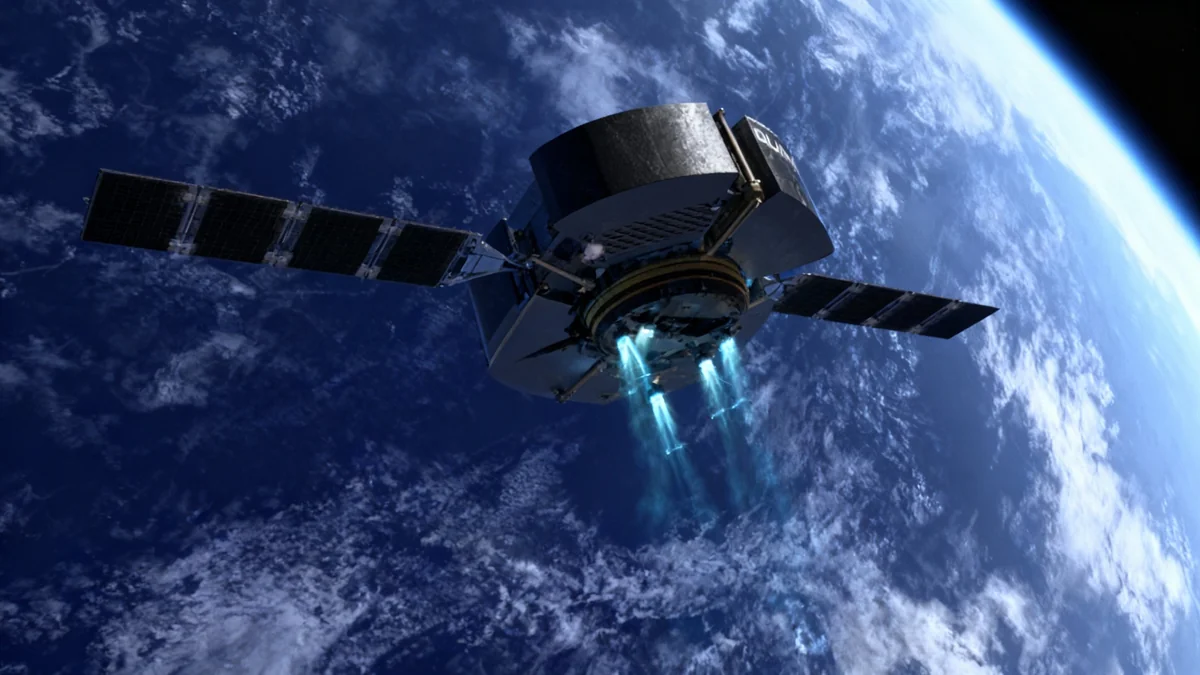China's space sector is experiencing a period of intense activity, marked by a surge in rocket engine tests from commercial companies, ongoing missions at the Tiangong space station, and new developments in satellite constellations. In September alone, the country conducted ten launches, bringing its total for the year to 60 as it prepares to debut several new vehicles.
Key activities include a fourth spacewalk by the Shenzhou 20 crew, the release of new imagery from the Tianwen-2 deep-space probe, and a significant number of static fire tests as private firms like Landspace, Space Pioneer, and Galactic Energy move closer to inaugural flights.
Key Takeaways
- China completed its 60th launch of the year in September, with a launch cadence dominated by a 60% state and 40% commercial split.
- Multiple commercial companies, including Landspace and Galactic Energy, conducted major engine tests, signaling that new rockets are nearing their first flights.
- The Shenzhou 20 crew performed their fourth spacewalk outside the Tiangong space station, with the Shenzhou 21 relief mission planned for late October.
- New satellites for the Guowang and Geely constellations were launched, expanding China's presence in low Earth orbit.
- The Tianwen-2 deep-space mission released a new image of Earth taken from its robotic arm as it travels toward an asteroid.
Increased Launch Activity and Satellite Deployments
China's space launch frequency has steadily increased since the summer. The ten missions in September highlighted this trend, with the final launch of the month marking the 100th flight of the Chang Zheng 2D rocket, a vehicle that has been in operation since 1992.
Despite a temporary pause in operations at the Wenchang launch site due to Typhoon Matmo in early October, progress on new infrastructure remains on track. According to reports, excavation for two new commercial launch pads at the site is three weeks ahead of schedule.
Expanding Satellite Networks
China is rapidly building out several satellite mega-constellations. The Guowang internet constellation grew to 86 satellites after a Chang Zheng 6A rocket launched the 11th batch. This mission occurred just 25 days after the rocket's previous flight for the same constellation. Its competitor, Qianfan, has 90 satellites in space, though only about 75% (67 satellites) are reported to be in operational orbits.
Automaker Geely also advanced its Internet of Things (IoT) constellation with two launches of the Jielong 3 rocket from an offshore platform. These missions brought Geely's total to 64 spacecraft, completing what the company calls the first phase of its network. Geely plans to expand to over 6,000 satellites to offer global satellite internet and high-precision connectivity.
Strategic Missions and Deep Space Exploration
Recent launches have placed Chinese satellites into unconventional orbits for specialized missions. The Yaogan 45 military satellite was deployed by a Chang Zheng 7A into a medium-Earth orbit at an altitude of 7,500 kilometers. This orbit, which passes through the inner Van Allen radiation belt, provides a wide view of Earth and could be used for remote sensing or signals intelligence.
Another satellite, Shiyan 29, entered a near-geosynchronous orbit at approximately 35,800 kilometers. Described as a "space environment detection" satellite, its path allows it to drift slowly westward, positioning it to observe other spacecraft in geostationary orbit.
An Emerging Trend: Satellite-to-Satellite Imagery
The practice of imaging other satellites in orbit is becoming more common. After Maxar Technologies released an image of China's Shijian-26 satellite taken from 29 kilometers away, China's Chang Guang Satellite Technology (CGST) responded by publishing its own image of the Maxar satellite, captured from a distance of 55 kilometers. This was the first time CGST publicly released such an image.
Further out in the solar system, the China National Space Administration (CNSA) released a new image from its Tianwen-2 deep-space explorer. The photograph, taken with the craft's robotic arm, shows Earth in the distance. Tianwen-2 is currently about 45 million kilometers from its target, the near-Earth asteroid 469219 Kamoʻoalewa, and is expected to arrive next summer. The mission plans to return samples from the asteroid to Earth around 2029.
Human Spaceflight and Tiangong Operations
Aboard the Tiangong space station, the Shenzhou 20 crew is preparing for their return to Earth. In late September, taikonauts Chen Zhongrui and Wang Jie conducted their fourth extravehicular activity (EVA), or spacewalk. The primary tasks included installing additional debris shielding and performing external inspections of the station.
This spacewalk was likely the final one for the current crew. Their replacements, the three-person Shenzhou 21 crew, are scheduled to launch in the last week of October. Following standard Chinese protocol, the names of the new taikonauts will be announced only a few days before their mission begins.
"The Shenzhou 21 mission will relieve the Shenzhou 20 crew and begin a roughly six-month expedition, continuing China's permanent human presence in orbit."
Commercial Sector Drives Engine Development
A notable trend in recent weeks has been the sharp increase in static fire tests by China's commercial launch providers. These ground tests are a critical step before a new rocket can fly, and several companies are aiming for maiden launches before the end of the year.
Key Engine Tests by Chinese Companies
- Landspace: The company tested its BF-20 'Blue Focus' engine, a powerful full-flow staged combustion engine burning methane and liquid oxygen. It aims for a thrust of 2.2 meganewtons, comparable to SpaceX's Raptor 2. The debut of its ZhuQue-3 rocket, however, has been delayed by a failure on a previous flight that shared an upper-stage engine.
- Galactic Energy: Completed a nearly four-minute test of its Cangqiong-50 engine, which will power the second stage of its Pallas-1 rocket. The company expects the first flight-ready vehicle to arrive at the Jiuquan launch center in November.
- Deep Blue Aerospace: Test-fired its Leiting-RS engine, which generates 1.3 meganewtons of thrust. This engine, along with a smaller vacuum variant, will power its Nebula series of rockets.
- Space Pioneer: Conducted static fire tests of its Tianlong-3 rocket's first stage from a floating sea platform. The rocket's debut is now planned for November.
- CAS Space: Completed testing of its Kinecore-4 upper-stage vacuum engine for its Lijian-2 rocket. The rocket is nearing its maiden flight, which will carry a prototype cargo transporter for the Tiangong space station.
The state-owned sector is also making progress. The China Manned Space Agency (CMSA) conducted a second static fire of the Chang Zheng 10 rocket test article at the Wenchang launch site. This powerful rocket, designed for future crewed lunar missions, fired its seven first-stage engines in a tethered test on the launch pad—a first for a Chang Zheng vehicle. China plans to use the Chang Zheng 10 to land taikonauts on the Moon before 2030.





